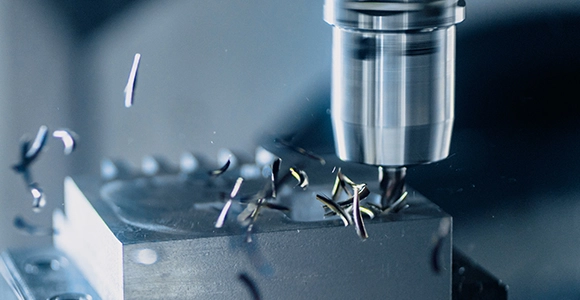Magnetic Separation as a Critical Control Point in Food Safety

In today’s food manufacturing industry, the control of physical contamination is not just about meeting compliance — it’s about protecting your brand, your equipment, and your customers. As we’ve seen, even non-magnetic metals like 316 stainless steel can become magnetically responsive through mechanical stress and wear. This makes magnetic separation a surprisingly effective safeguard, even against contaminants that would normally pass undetected.
The concept of “Critical Control Points” (CCPs) is central to any HACCP (Hazard Analysis and Critical Control Points) plan. Magnetic separators are frequently installed at key CCPs within the process flow to act as a first and final line of defense. For example:
At Raw Material Intake: Capturing metallic debris from incoming bulk materials such as powders, grains, or liquids.
Before Processing Equipment: Protecting grinders, cutters, and mixers from damage due to tramp metal.
After Grinding or Mixing: Removing worn metal particles generated during high-friction processing.
Before Packaging: Ensuring final product purity and preventing customer complaints or recalls.
Types of Magnetic Separation Solutions
There’s no “one size fits all” when it comes to magnetic separation. Selecting the right equipment for your application depends on several factors — including product type, temperature, flow characteristics, and process layout. Common options include:
Magnetic Grates and Grids: Installed in hoppers, chutes, or ducts to catch metal fragments in dry products.
Liquid Line Magnets: Designed for viscous liquids, sauces, or slurries, removing fine ferrous particles from flow lines.
Drawer Magnets: Ideal for gravity-fed systems, with easy access for cleaning and maintenance.
Rotary Magnets: Suitable for products that are sticky or tend to bridge, such as dairy powders or sugar.
Plate Magnets and Magnetic Drums: Typically installed in free-fall systems or conveyor lines.
Each of these solutions can be custom-engineered to suit specific food-grade or sanitary requirements, including 316 stainless steel housing, quick-clean mechanisms, and BRC or FDA-compliant designs.
Validating and Maintaining Your Magnetic Equipment
To ensure long-term effectiveness, magnets should be routinely inspected and validated. This includes pull testing to verify magnetic strength, visual checks for wear or damage, and cleaning schedules to prevent buildup. Many food safety audits now require documentation of magnetic separator maintenance as part of broader CCP verification procedures.
Modern digital pull test meters and magnet audit services make it easier than ever to maintain a robust quality assurance program.
Final Thoughts
Even though stainless steel is often overlooked as a potential contaminant due to its non-magnetic nature, the reality of work hardening means it poses a hidden risk in nearly all food processing environments. With the right magnetic separation strategy, you can prevent contamination, protect your processing line, and confidently meet food safety standards.
If you’re unsure where to start, consider a magnetic separation audit of your production line — a small step that can yield major long-term savings and peace of mind.

